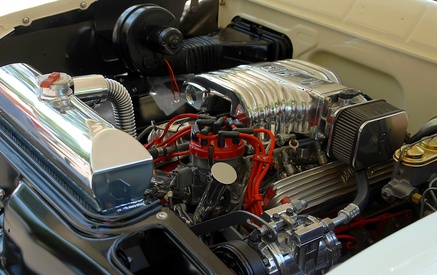
Every vehicle experiences wear and tear over time, regardless of how safe and cautious a driver you are. If your engine is using excessive levels of oil, it could be a sign of issues with your engine or components within the engine. Since low engine oil levels can cause extensive damage to the motor and potentially cost you more than the value of the vehicle if the engine blows out, it is in every driver’s best interests to diagnose and stop excessive oil use and keep the vehicle running at maximum efficiency.
Park the vehicle in a flat area and open the hood after the engine has cooled for at least an hour. Slide underneath the vehicle and check for a loose oil drain plug, which is one of the most common reasons a vehicle begins “using” too much oil. Tighten the plug if it needs to be adjusted.
Open the hood of the car and visually inspect the engine for signs of gasket wear or loose valve cover bolts. Look for traces of oil around bolts and gasket covers. Replace any gaskets that are worn out, and tighten any bolts that might be loose.
Inspect the spark plugs for the engine, and check for clogged, gummed or otherwise fouled spark plugs. Clean any spark plugs by removing them and wiping them down with an old rag, and a wire brush to clean any residue from the plugs. Replace the plugs once they have been cleaned, or purchase new plugs to replace the old ones.
Check the oil filter to ensure it is installed properly. Ensure that the filter is clean and capable of performing its job. Replace old oil filters to keep the engine cycling at optimal levels. Change out the oil of your vehicle regularly, as old engine oil burns faster than new engine oil, and has lower levels of viscosity.